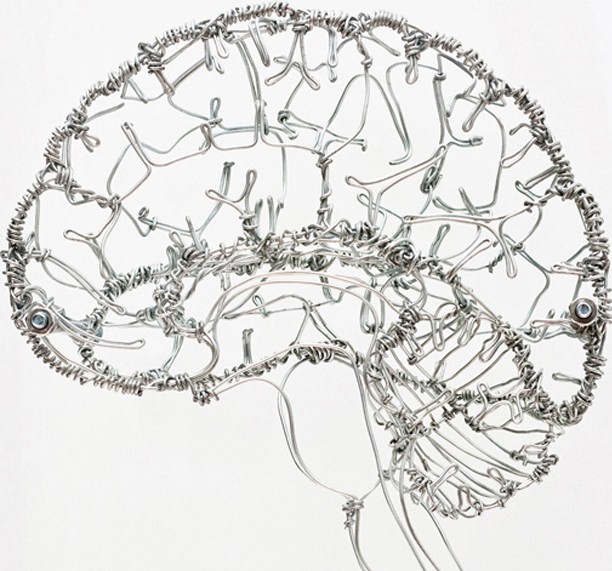Hearing the Voice was pleased to see the publication of our first neuroimaging study ‘Inner experience in the scanner: can high fidelity apprehensions of inner experience be integrated with fMRI?’ by Simone Kühn, Charles Fernyhough, Ben Alderson-Day and Russell T. Hurlburt in the journal Frontiers in Psychology earlier this month.
Abstract: To provide full accounts of human experience and behavior, research in cognitive neuroscience must be linked to inner experience, but introspective reports of inner experience have often been found to be unreliable. The present case study aimed at providing proof of principle that introspection using one method, descriptive experience sampling (DES), can be reliably integrated with fMRI. A participant was trained in the DES method, followed by nine sessions of sampling within an MRI scanner. During moments where the DES interview revealed ongoing inner speaking, fMRI data reliably showed activation in classic speech processing areas including left inferior frontal gyrus. Further, the fMRI data validated the participant’s DES observations of the experiential distinction between inner speaking and innerly hearing her own voice. These results highlight the precision and validity of the DES method as a technique of exploring inner experience
Descriptive Experience Sampling (DES) is a technique developed by Russell Hurlburt, which is designed to investigate the details of inner experience – our thoughts, visual imagery, memory, feelings and bodily sensations. DES participants wear an electronic ‘beeper’ during the course of their daily activities which emits a randomly-timed beep as a probe for them to report on their inner experience at a particular moment in time. Within 24 hours, the DES investigator conducts an ‘expositional interview’ in order to discover the characteristics of the beeped experience.
Central to Hurlburt’s approach is the idea that ‘most people do not know the characteristics of their own inner experience, and instead rely on presuppositions that interfere with their ability to report reliably and accurately.’ DES aims to clear out these presuppositions and train participants to give more accurate reports by ‘avoiding generalisations, focusing on a precise moment (just before the beep), and interviewing participants not just once but on multiple occasions in an iterative manner.’
Our study is the first to combine DES with fMRI, showing that it is possible to use a highly detailed, in-depth qualitative method for exploring inner experience with standard neuroimaging techniques. In the future, we hope that this technique can be used for exploring a range of unusual experiences such as voice-hearing.
The full text of the article is available to read freely online here.
You can read more about DES and Russ Hurlburt in this New York Times profile.

